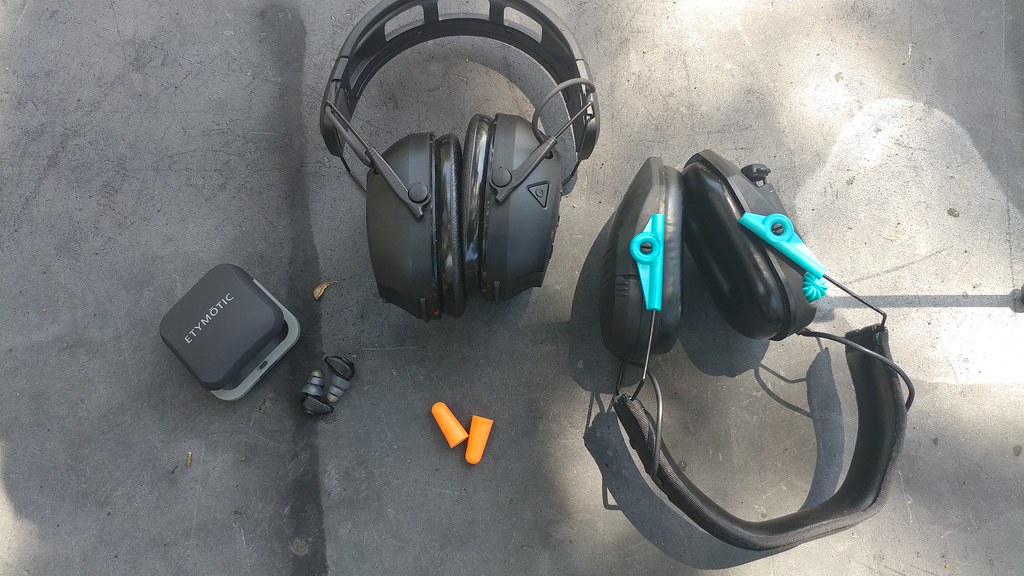


When it comes to shooting, safety is paramount, and one of the most critical elements of safety is protecting your hearing from the potentially damaging noise of gunfire. This is where NRR enters the chat.
NRR stands for Noise Reduction Rating. It’s a measurement, in decibels (dB), of how much noise reduction ear protection devices can provide. Essentially, NRR is a number that tells you the effectiveness of a set of ear protection in reducing noise exposure: the higher the NRR, the greater the noise reduction.
The process of determining an ear protection device’s NRR involves standardized testing procedures mandated by organizations like the Environmental Protection Agency (EPA) in the United States.
Here’s a simplified overview of the process:
While NRR provides a standardized way to compare the effectiveness of different ear protection devices and brands, remember there’s always potential for variability. Primarily, the effectiveness of ear protection depends largely on how well it fits and seals the ear. Improper fit, both for over-the-ear muffs and for in-the-ear plugs, can significantly reduce the actual noise reduction experienced.
Fit can be related to a lot of different factors, from how the user wears or installs the ear protection, to how well the ear protection fits the user’s head/ears. So, NRR should be considered an estimate rather than an absolute measure.
How much NRR do you need? Particularly for shooters, selecting ear protection with enough NRR is essential to prevent permanent hearing damage. Remember, your hearing doesn’t grow back.
When searching for ear protection, want to stay above 25 NRR if you can as a loose minimum number, but remember the more the better. You’ll probably notice that a lot of entry-level electronic ear protection have ratings of around 22-23 NRR. That’s okay-ish, but you’ll probably want to consider “doubling-up” — wearing foam earplugs underneath your over-the-ear muffs. This is especially critical when shooting at indoor ranges.
You also want to find a pair of ear protection that’s comfortable to wear for a few hours at a time, and that provides a good seal. Since you’re going to be wearing glasses 100% of the time you’re shooting (!!!) you need something that conforms around the earpiece of your glasses. No matter which muffs you get, we’d enthusiastically recommend using gel seals; not only are they unbelievably comfortable, but they seal better than the standard PVC sponges.